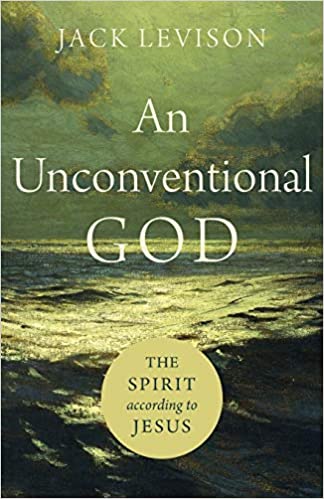BEN: Have you read Clayton Croy’s excellent book on Mark 16.8 not being the original ending of Mark’s Gospel, the end being mutilated, but that perhaps we can parse it out from Mt. 28, omitting the guards at the tomb story, and referring to an appearance to the women in Jerusalem and one to various disciples in Galilee. This is based on the observation that Matthew follows Mark quite closely, including 95% of his Gospel with a 52% verbatim rate. I honestly find the notion that ‘ephobounto gar’ is the original ending both not grammatically likely at all (no evidence elsewhere of such a conclusion of a paragraph in Greek much less a whole book) and all too modern a way of reading Mark. Mark has Jesus promise to meet the disciples in Galilee before the Passion. Further, if as Helen Bond has recently argued strongly Mark is an ancient biography, no ancient biography ended without rounding off the tale of the hero in a positive way. I believe that ‘earliest text determines canon’ so whatever we make of the later added endings to Mark, they are not Scripture, even though various Christians have gotten benefit out of it. I would say—not so much in Kentucky where we have snake handling Protestants, and even poison drinking Protestants—- what would Jesus say??? Explain a bit how you view the ending of Mark
JACK: You know much more about this, Ben, than I. My good colleague and friend, Rob Wall, just now retiring from Seattle Pacific University, thinks that canon determines text, so the long ending is authoritative. You are on the opposite end. Me? I’m a willow in the wind, fluttering between two very fine scholars. I am prone to agree with you that the long ending is not authoritative, especially, as I note in An Unconventional God, it seems to have been added to a few times, so even Mark 16:9-20 is not a unified whole. Still, a few hours with Rob—he’s very persuasive—could possibly prompt me to side with him. So I defer to better minds on this.
BEN: At the end of your last chapter before the conclusion you return to the story of Jesus breathing on, or into the disciples. In terms of the Johannine narrative itself, and its flow, to me it does not make sense either to call this the Johannine Pentecost, as you rightly demur from doing, nor to suggest that Jesus is actually dispensing the powerful presence of the Spirit here in some form. Why not? Because the narrative goes on, and a week later the disciples are still huddled behind closed doors for fear of the Jewish authorities. There could hardly be a stronger contrast with Acts 2. In John 20 they are not our proclaiming the Good News or speaking in foreign languages or doing any sort of sharing of Christ. Nope, they are hidden behind closed doors. All of this suggests to me that like the other prophetic sign acts of Jesus in John (e.g. riding into town on a donkey, partially cleansing the Temple) Jesus is here depicting what will in due course happen when he returns to the Father, which has not happened yet. Indeed, the Farewell discourses insist Jesus must disappear before the Spirit can appear. Does this make sense to you of the Johannine presentation, or would you read it differently?
JACK: I like the notion that it is proleptic or prefigurative perhaps. I have tended to understand it less symbolically and more intimately. Here are the disciples, scared witless, and Jesus breathes the Spirit of life into them. Plus, he gives them something to do, even if we don’t quite understand what it is—this talk of forgiving or not. I prefer to see this as a life-giving, vocation-a parting kiss among friends. When I talked about this with my European friends—we were at a gathering in Leiden—Jörg Frey reminded me of a photograph of Leonid Brezhnev and Erich Honecker in a full-on kiss in 1979. I think Jesus loves these disciples. I think Jesus kisses life back into them. It is an act of great trust and affirmation.













